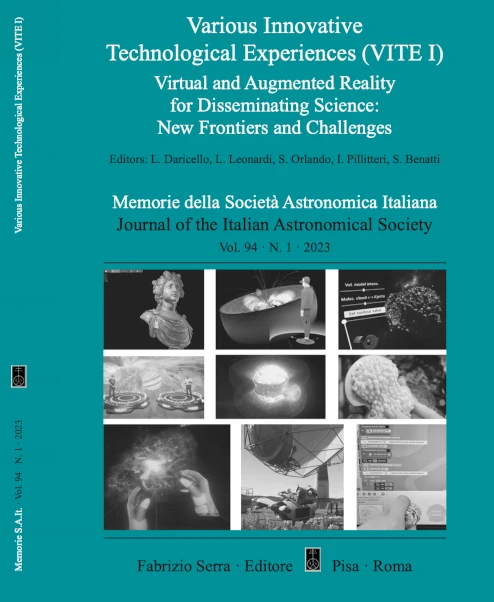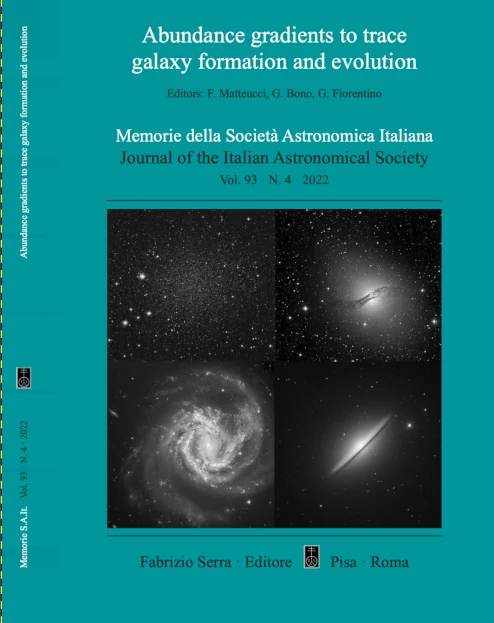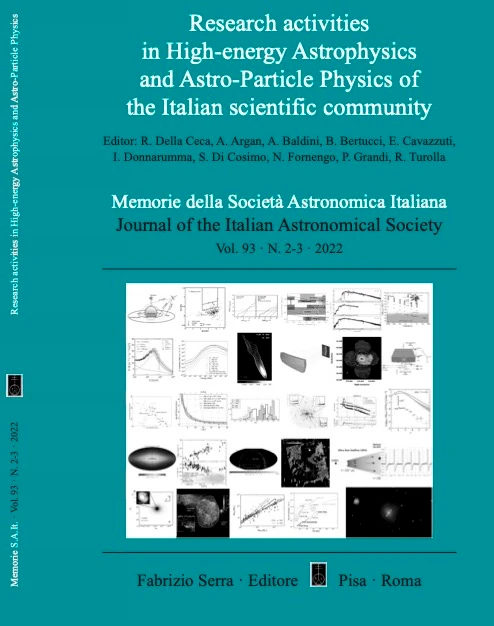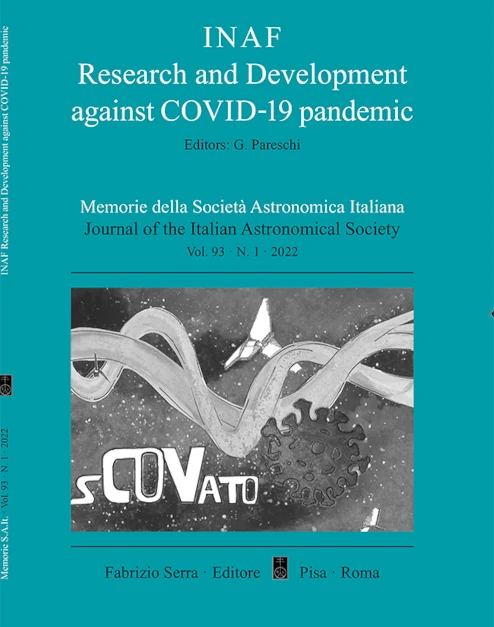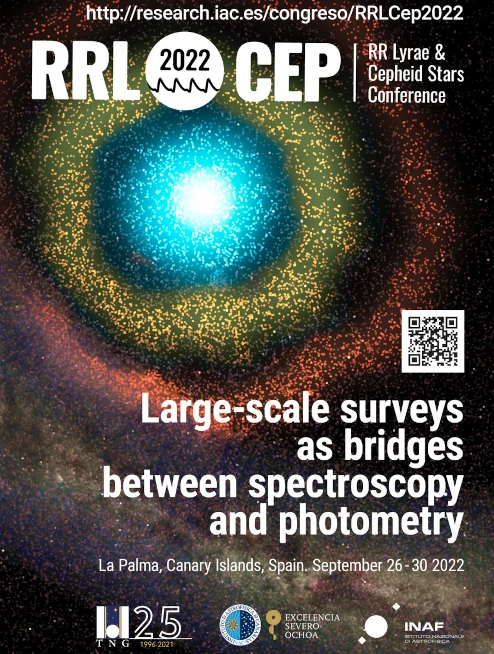Searh results
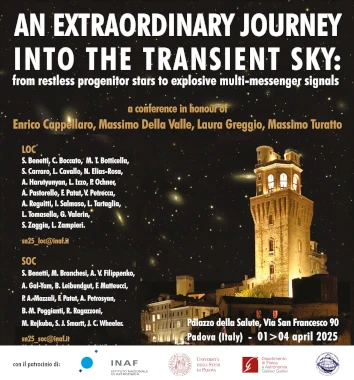
Volume 2 2025
An Extraordinary Journey Into The Transient Sky:
from restless progenitor stars to explosive multi-messenger signals
Palazzo della Salute, Padova (Italy)
1-4 April 2025
Additional Contributions
INAF - OA Padova |
INAF - OA Capodimonte |
INAF - OA Padova |
INAF - OA Padova |

